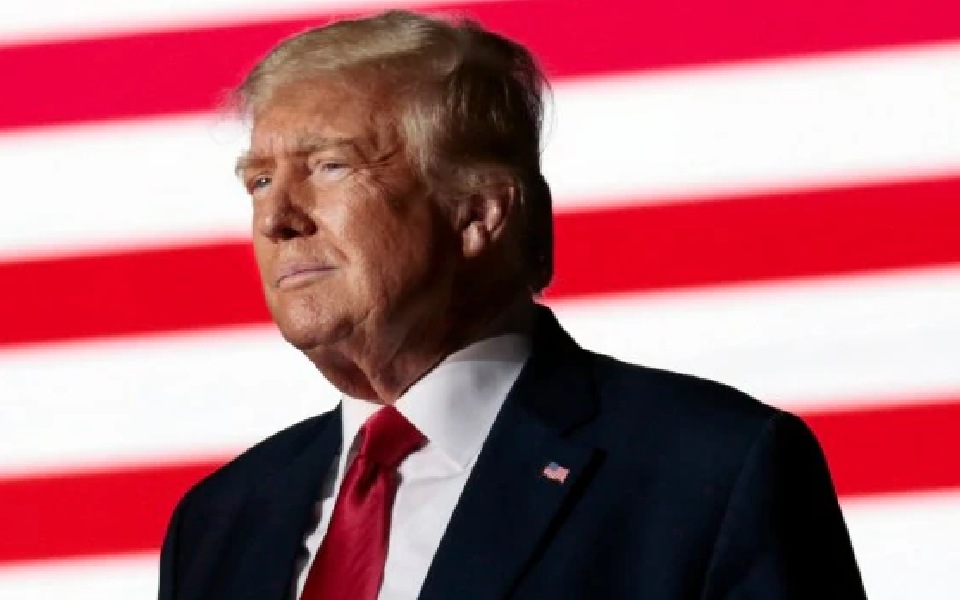Two videos of former Madras High Court judge A Selvam have been going viral on social media for the last few days, for all good reasons. Clad in a T-shirt and a pair of shorts, and a towel tied around his head, the veteran judge is seen ploughing a field on a tractor with aplomb.
After his superannuation at the age of 62, A Selvam took off to his native Pulankurichi in Tiruppattur Taluk of Sivaganga district, to pursue what he always wanted to do - agriculture.
"In times when retired judges take up post-retirement jobs as a one-member commission or as a judicial member of a tribunal, Judge A Selvam, who served as a high court judge for 13 years is now doing agriculture in his land,” read a part of the WhatsApp message in Tamil.
When told about the message, Judge Selvam laughs it off and saying that it was what he wanted to do for a long time.
“Agriculture is my original profession and I don’t feel a big shift from my past profession as a judge,” he says.
A Selvam comes an agricultural family that has been growing crops for around 100 years. “Fortunately or unfortunately, I studied well and hence was sent off to Madurai to study Law,” quips the retired judge, who served as a judge in Madurai and then came to Chennai as a Judge at the request of Justice Sanjay Kishen Kaul in 2015.
Retired in April 2018, the former judge is now tilling his five-acre ancestral field in Pulankurichi.
A typical day for A Selvam begins at 6 am and ends at 6 p.m. He ploughs the land himself, drives the tractor and knows all the operations related to agriculture.
“Now, I have sowed paddy in the field. Once I harvest it, I will sow vegetables and groundnut. Paddy is the main crop here,” he says, adding that instead of paying someone from outside to work in his field, he finds it gratifying to learn the activity by himself and doing it.
Law is a closed chapter
Starting his legal career in 1981, he gradually rose from being an additional judge in Tiruvannamalai District court to being one of the permanent judges of the Madras High Court.
Living in the midst of nature makes him happy, he says. A shot of retd. HC judge A Selvam on his tractor. pic.twitter.com/IOPsL2Vzle
— Megha Sreeram (@meghasreeram) August 3, 2018
In a career spanning 31 years, Judge A Selvam has delivered at least 10 judgments in open courts and has hardly reserved an order.
Recalling his long career in the judiciary, he says, “From my personal experience, I can say that the judiciary is not very effective in India. I am not blaming the Judiciary entirely for this, but this helps the corrupt politicians to thrive. The Judiciary should be independent and must do its job of serving the people."
He also fondly recollects the three former judges of the Supreme Court whom he had admired for their work during the course of his career -- Justice VR Krishna Iyer, Justice KT Thomas and Justice Panicker Radhakrishnan.
“I had an opportunity to meet and spend time with Justice VR Krishna Iyer in Kochi, a week before he passed away. I will cherish that memory. Although I do not know much about the three judges personally, I always look up to their judgments and their actions,” he says.
In fact, he exercised these principles in his life, on the day of his retirement. He handed over his car keys immediately after his tenure and went home from the Madras High Court in his personal car.
Now that he has “closed one chapter in his life”, as he puts it, judge Selvam signs off saying, “What gives me true happiness is doing agriculture on my land here and get a good harvest. It feels great to be in the midst of nature.”
courtesy : thenewsminute.com
Let the Truth be known. If you read VB and like VB, please be a VB Supporter and Help us deliver the Truth to one and all.
New Delhi (PTI): Last month was the second-warmest April globally, with the past 12 months being 1.58 degrees Celsius warmer than at the start of the industrial revolution, according to European climate agency Copernicus.
The agency said April's global average surface air temperature of 14.96 degrees Celsius was 0.60 degree Celsius above the 1991–2020 average for the month.
April 2025 was 0.07 degree Celsius cooler than April 2024 and 0.07 degree Celsius warmer than the third-warmest April recorded in 2016, it said.
"April 2025 was 1.51 degrees Celsius above the estimated 1850-1900 average used to define the pre-industrial level. It was the 21st month in the last 22 months for which the global-average surface air temperature was more than 1.5 degrees Celsius above the pre-industrial level," Copernicus said in a statement.
The 12-month period from May 2024 to April 2025 was 0.70 degree Celsius above the 1991-2020 average and 1.58 degrees Celsius above the pre-industrial level, it said.
Samantha Burgess, Deputy Director of Copernicus Climate Change Service, said, "Globally, April 2025 was the second-hottest April on record, continuing the long sequence of months over 1.5 degrees Celsius above pre-industrial levels. Continuous climate monitoring is an essential tool for understanding and responding to the ongoing changes in our climate system."
Human activities, especially the burning of fossil fuels, have pumped large amounts of heat-trapping greenhouse gases into the atmosphere. This has raised the planet's temperature, altered the climate, and led to more frequent and severe floods, droughts, storms and other extreme weather events.
At the UN climate conference in Paris in 2015, countries pledged to limit the average global temperature rise to 1.5 degrees Celsius compared to pre-industrial levels to avoid the worst impacts of climate change.
The year 2024 was the first calendar year when the global average temperature was 1.5 degrees Celsius above the pre-industrial levels.
However, a permanent breach of the 1.5-degree Celsius limit refers to long-term warming over a 20 or 30-year period.
Scientists at Copernicus said the average sea surface temperature (SST) for April 2025 was 20.89 degrees Celsius, the second-highest value on record for the month.
SSTs remained unusually high in many ocean basins and seas. Among them, large areas in the northeast North Atlantic continued to show record-high SSTs for the month.
Most of the Mediterranean Sea was much warmer than average, but not as record-breaking as in March. The Arctic sea ice extent was 3 per cent below average, the sixth lowest monthly extent for April in the 47-year satellite record, following four months with record low monthly values for the time of year.
The Antarctic sea ice extent was 10 per cent below average, making it the 10th lowest on record for the month.



_vb_38.jpeg)

